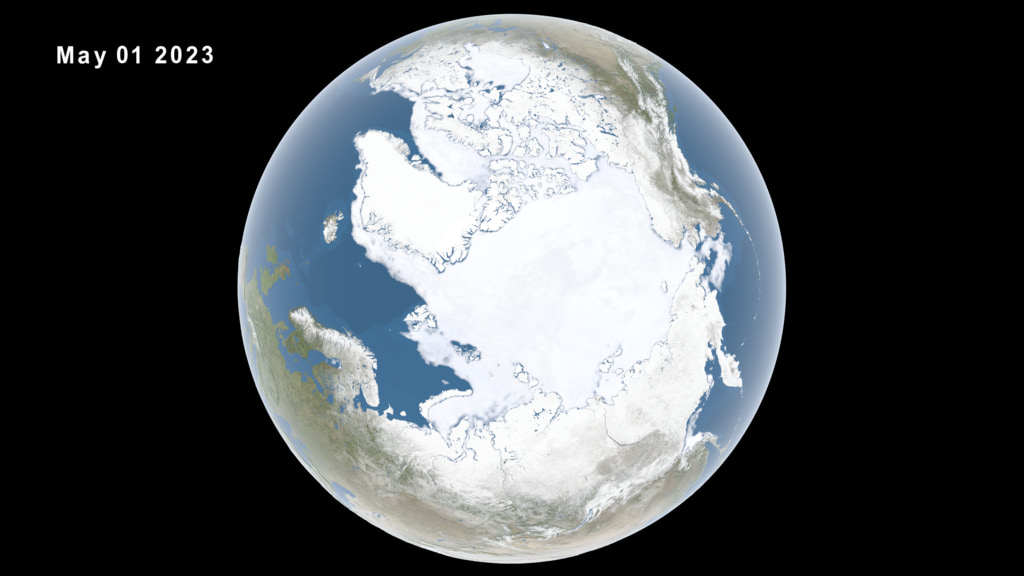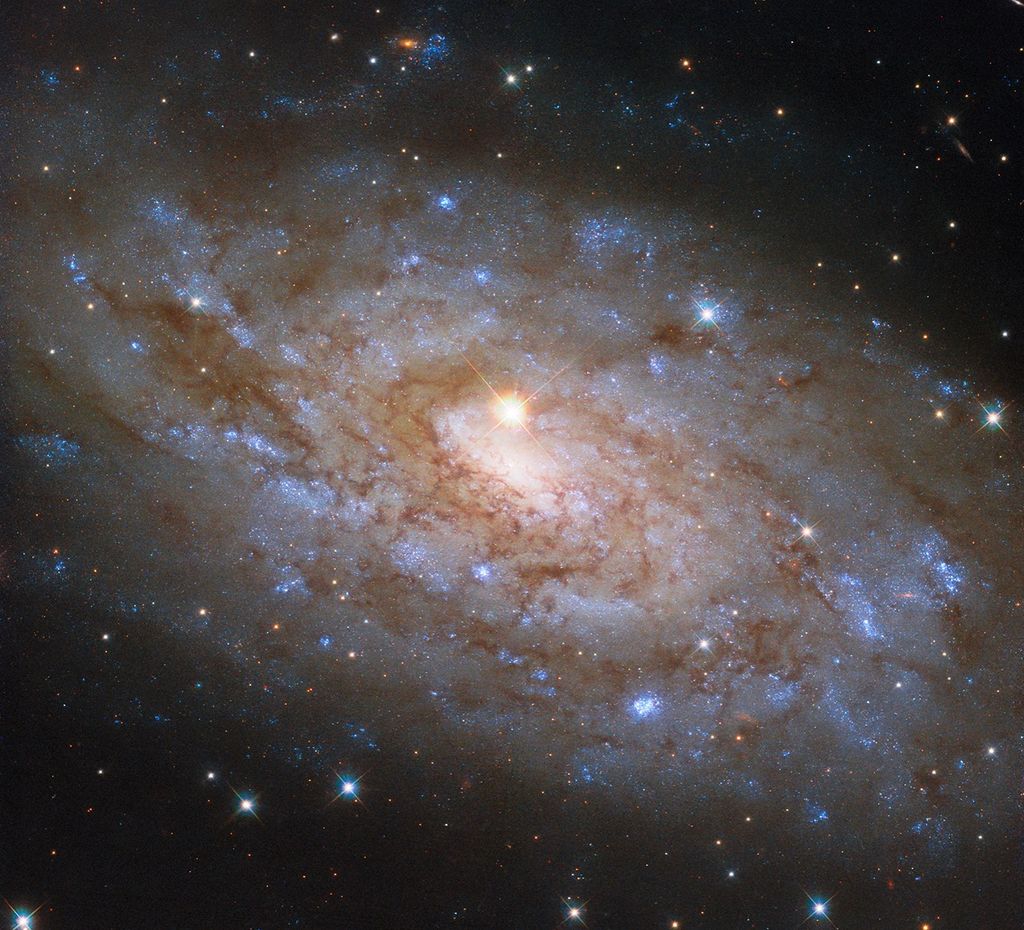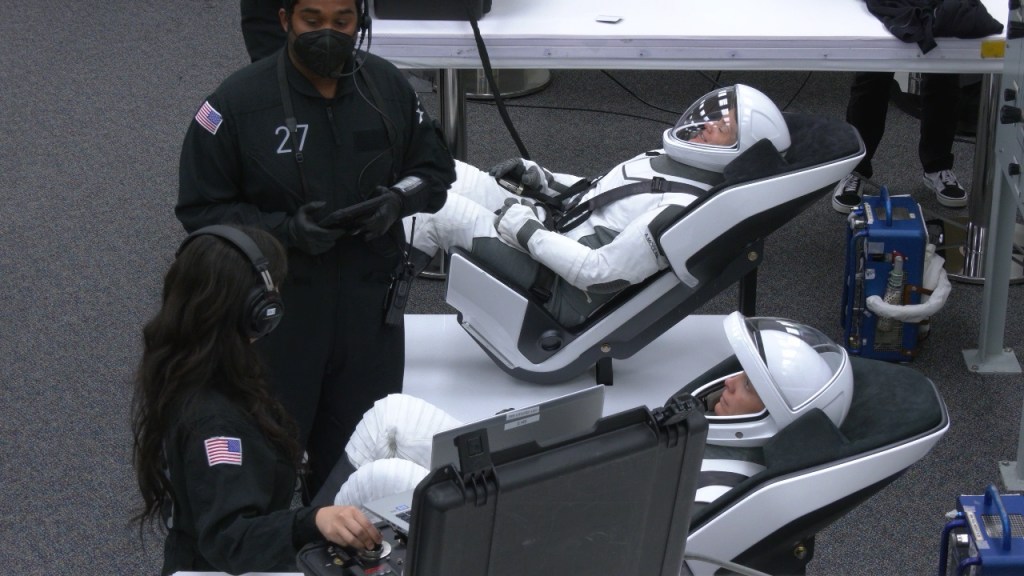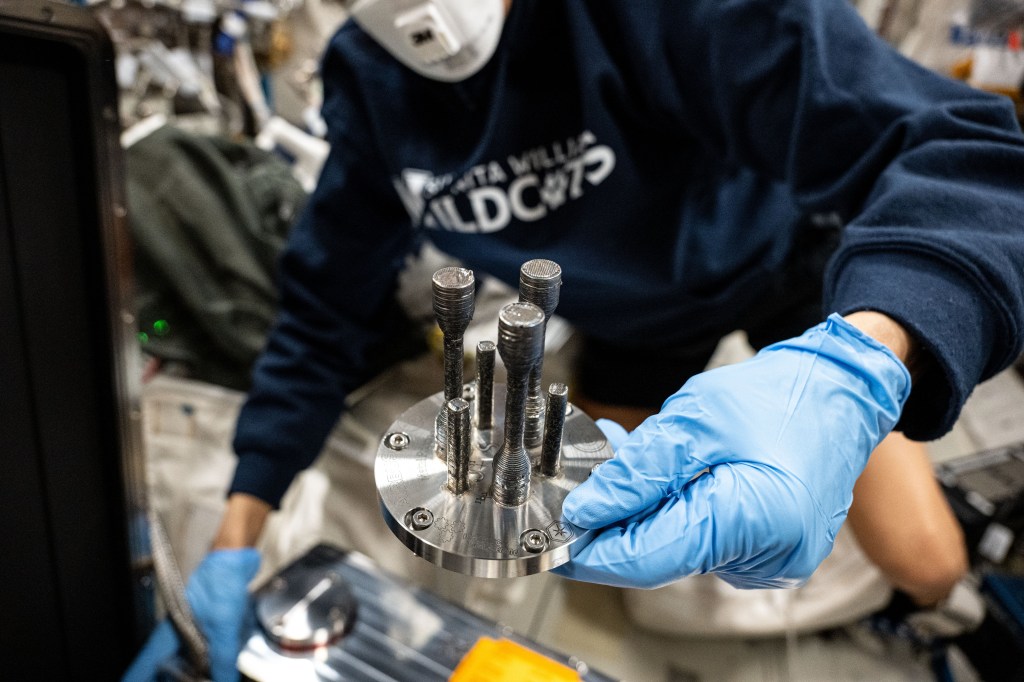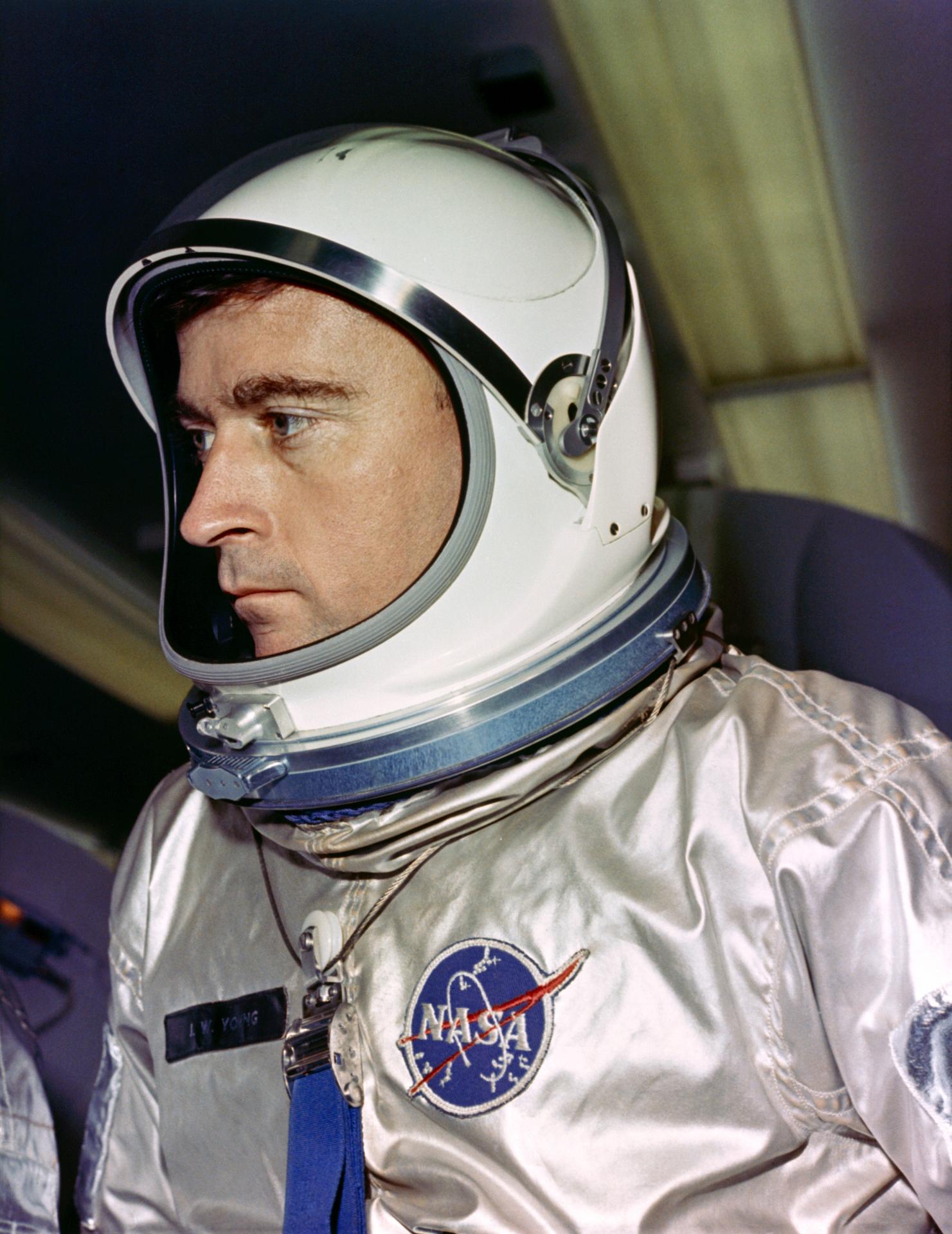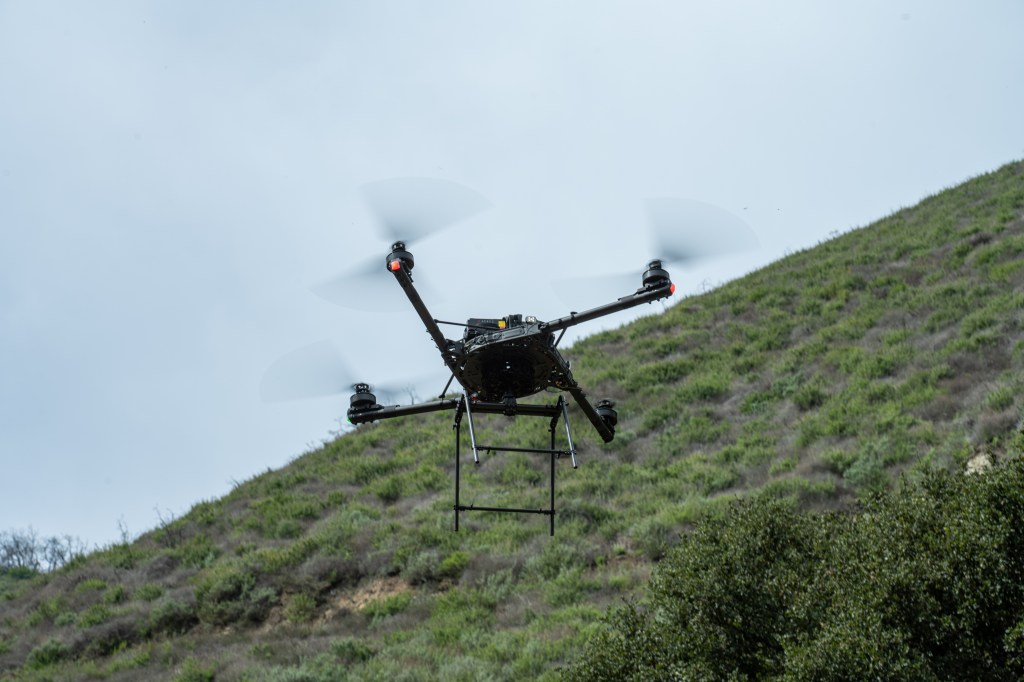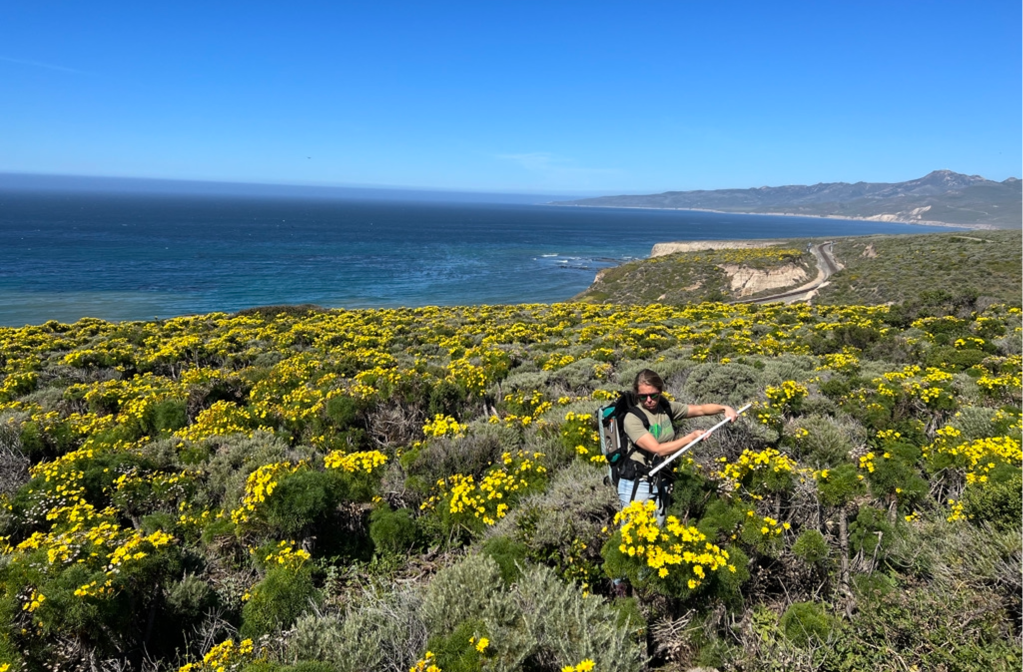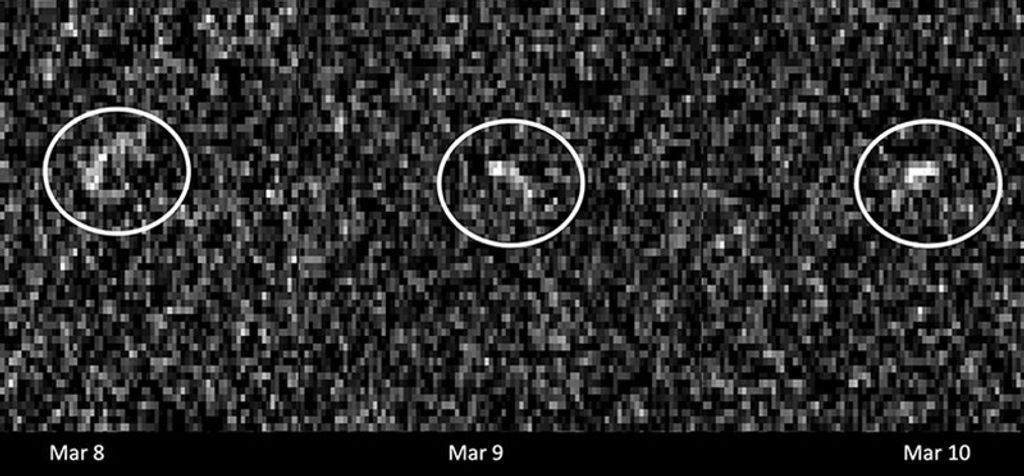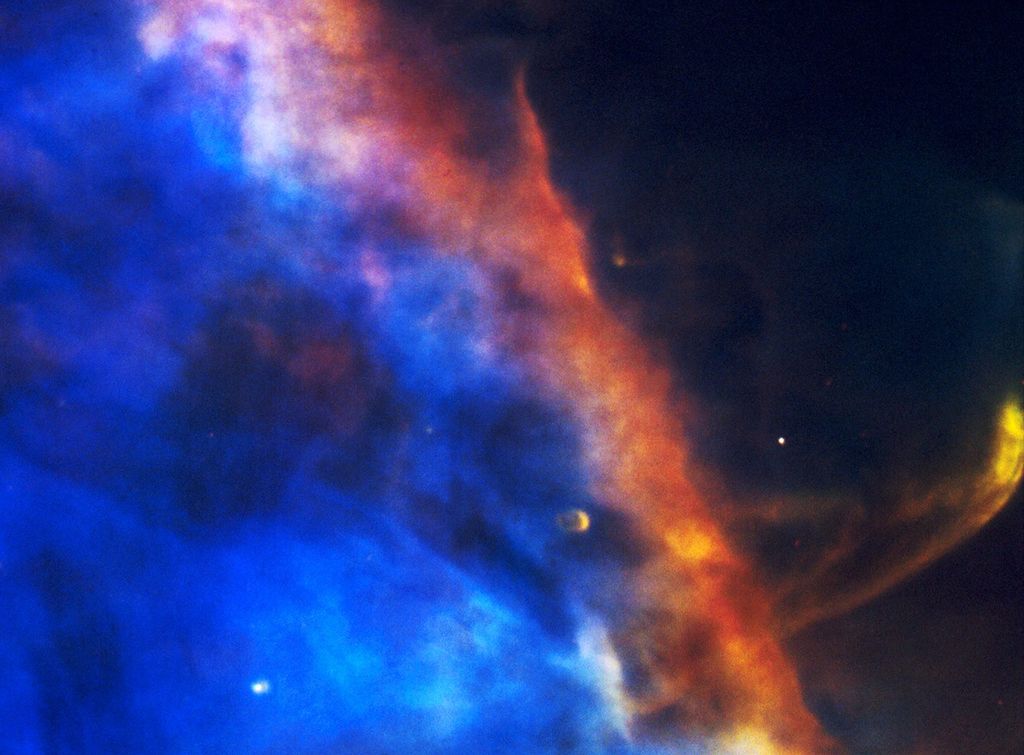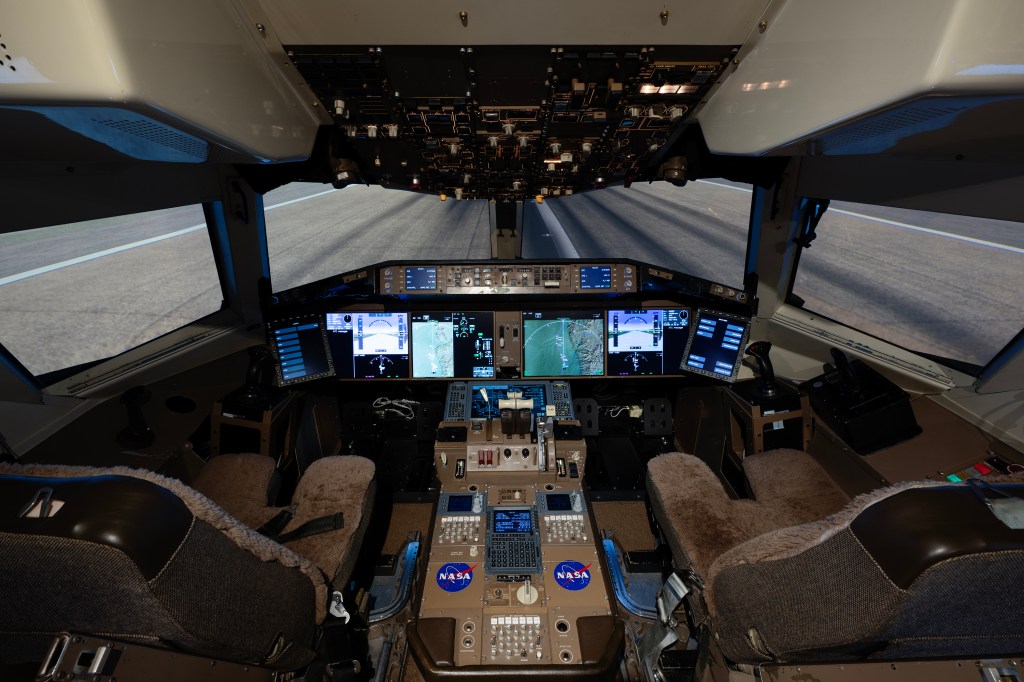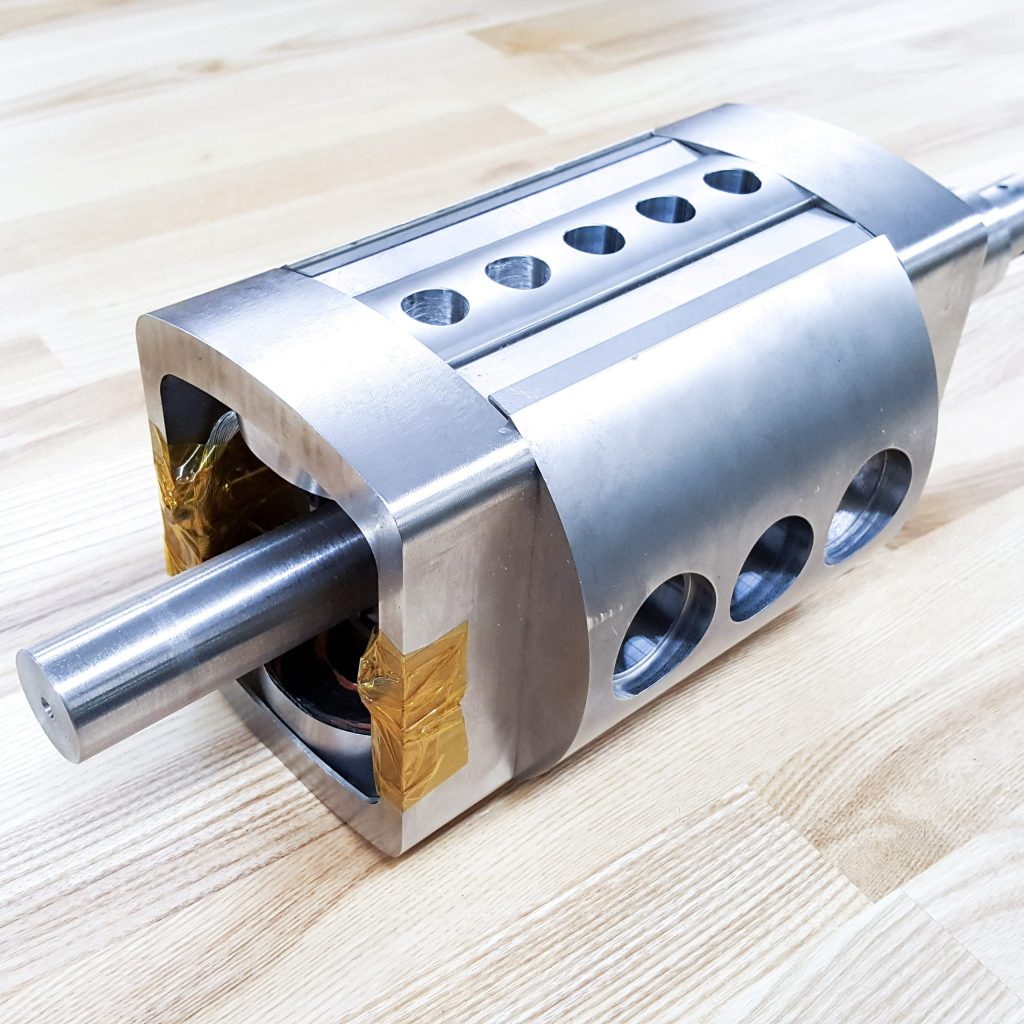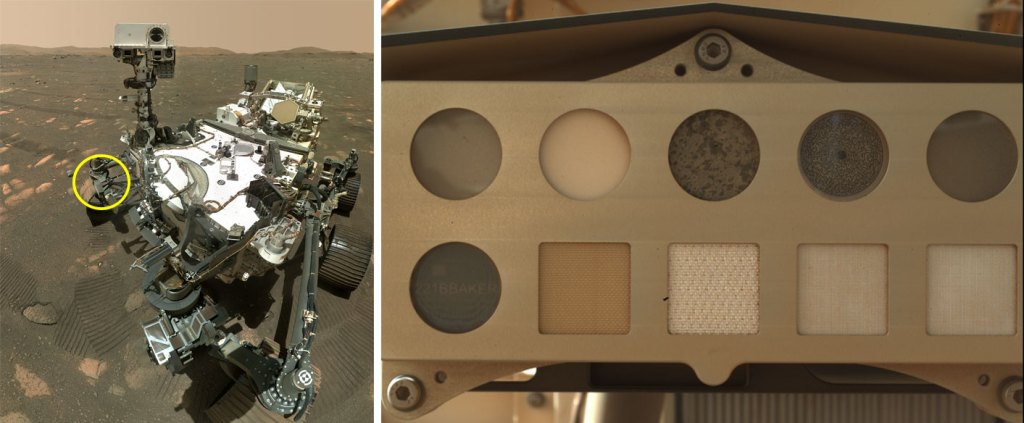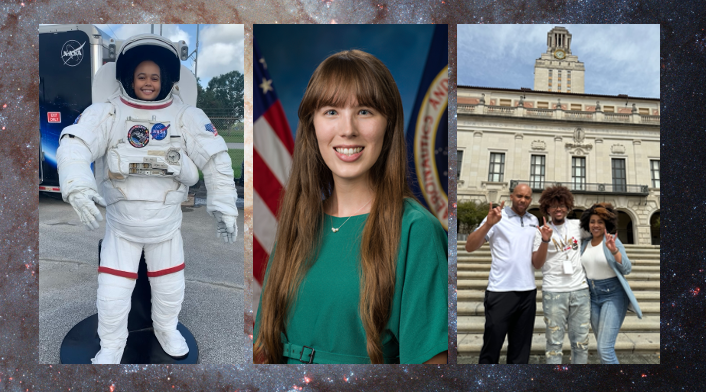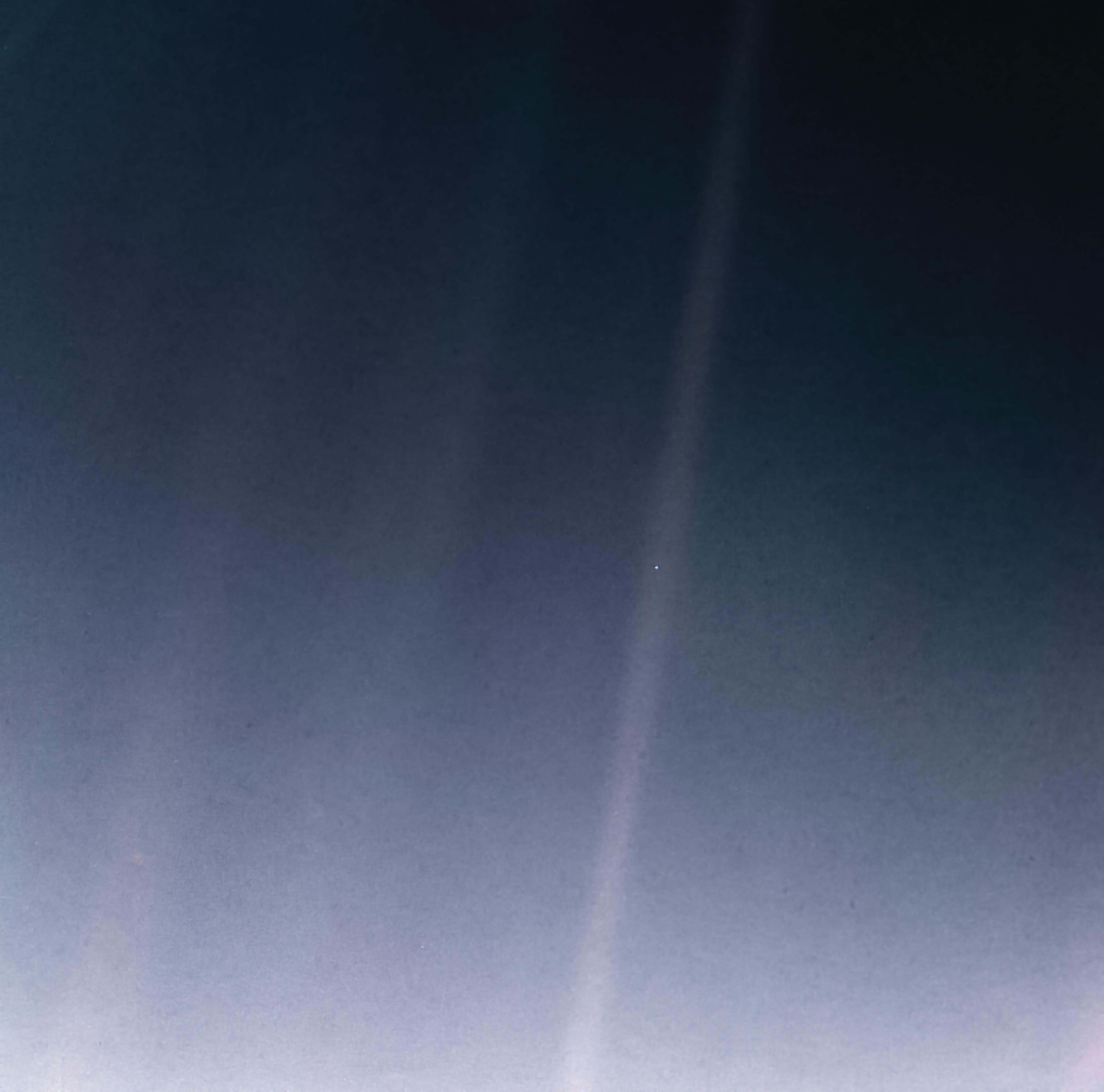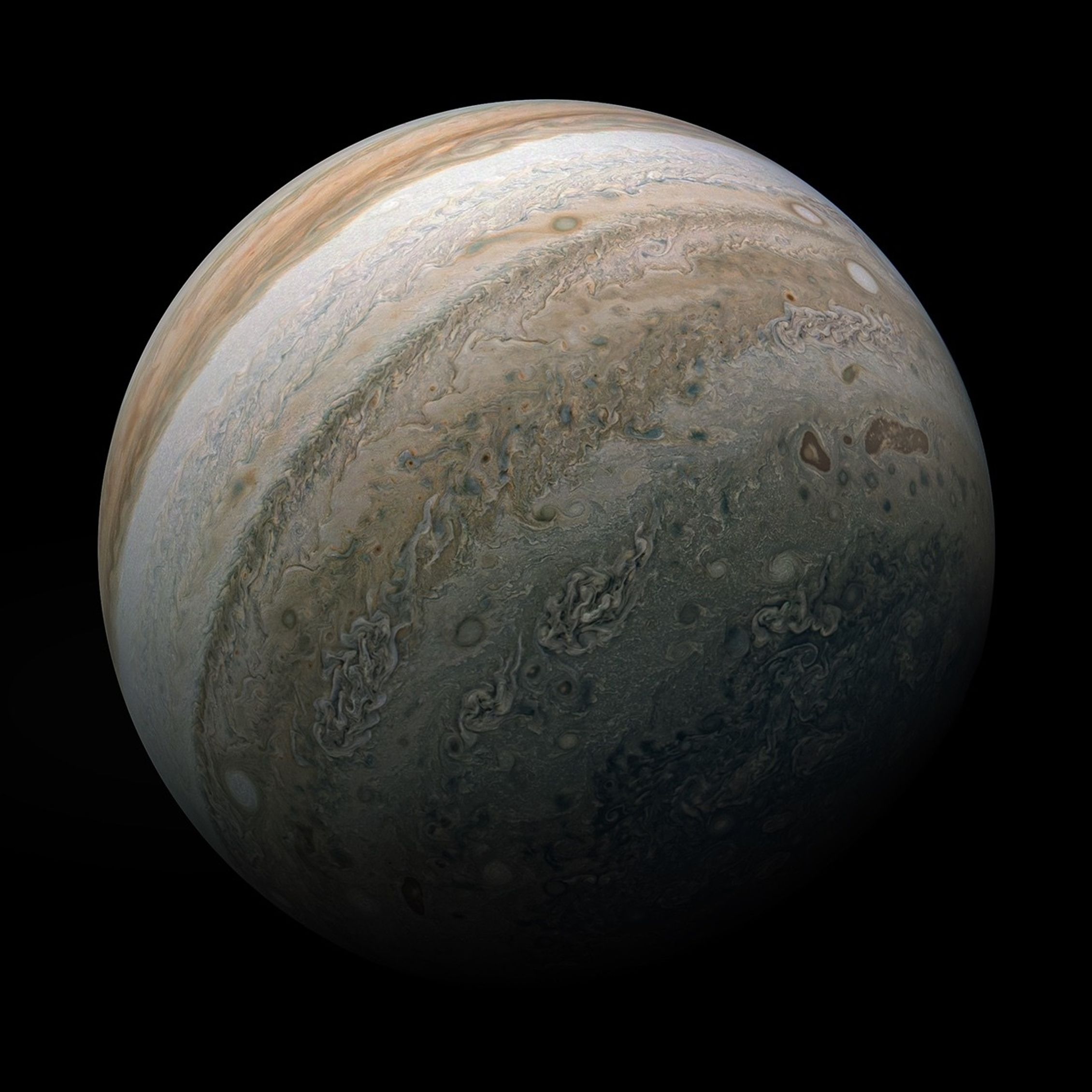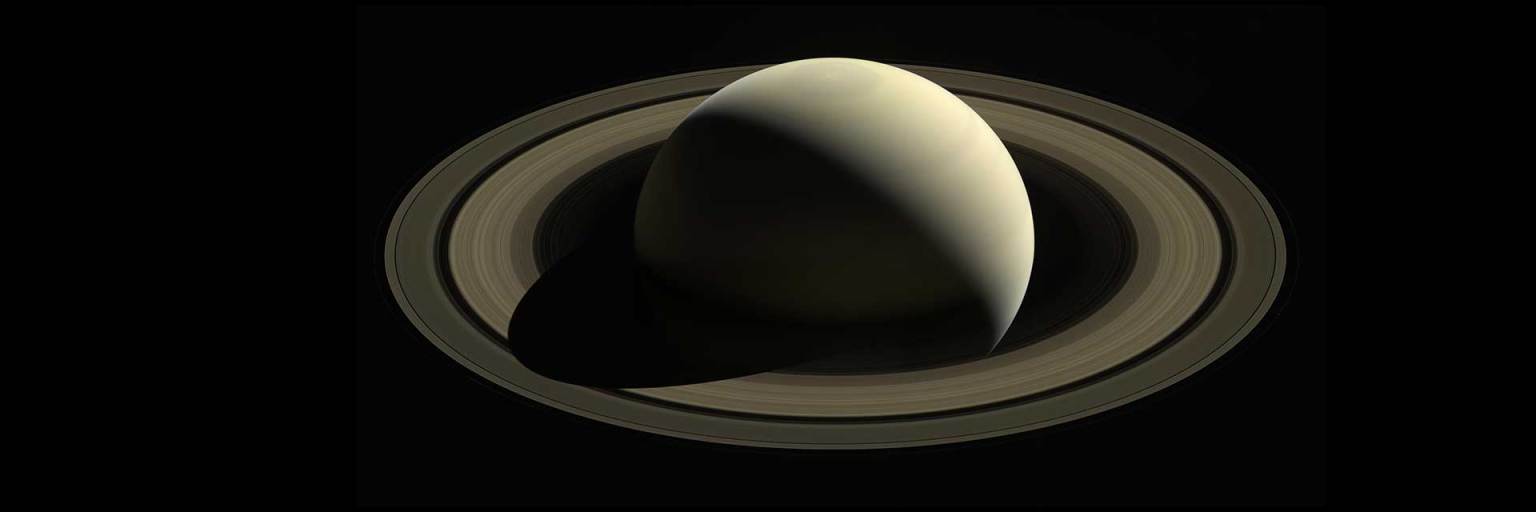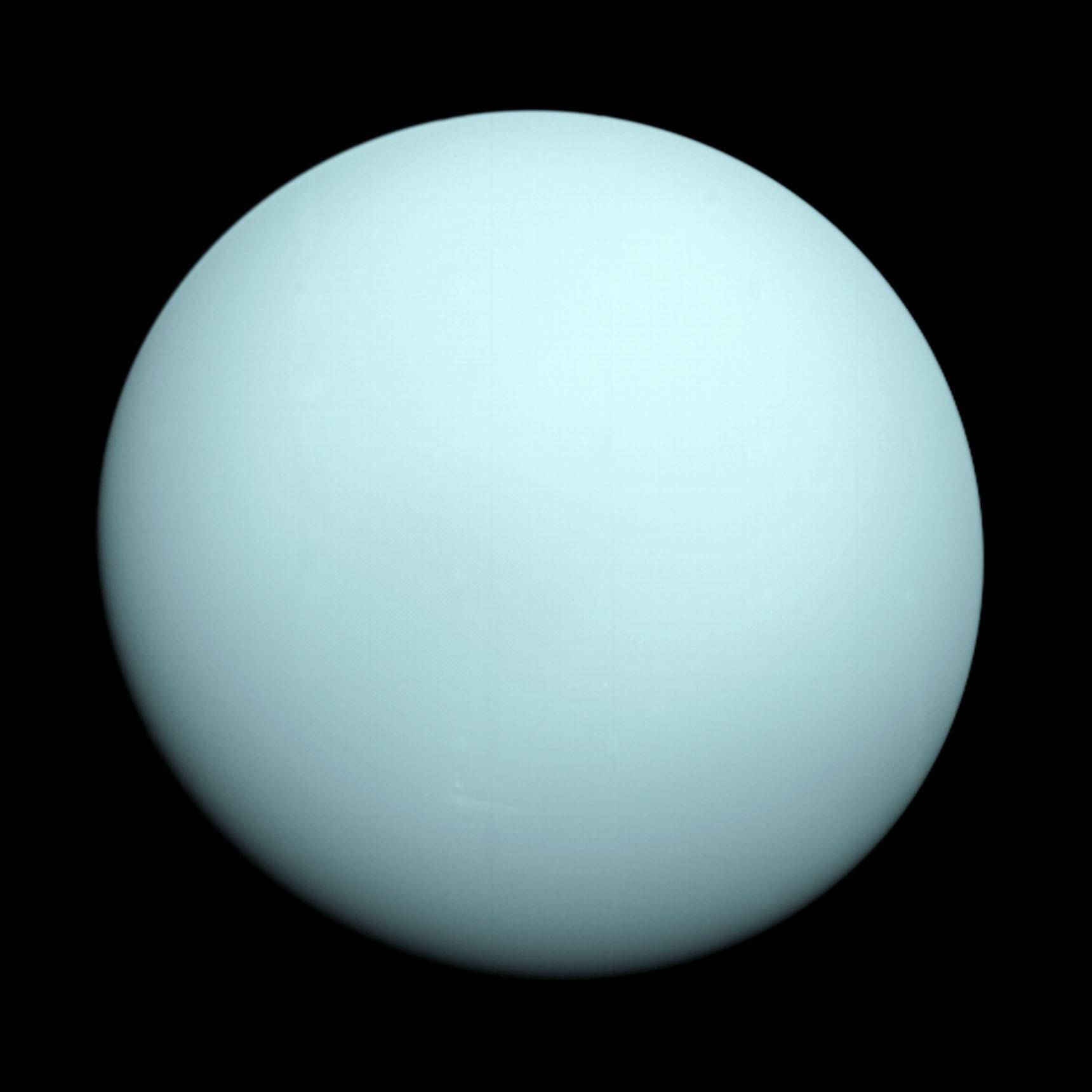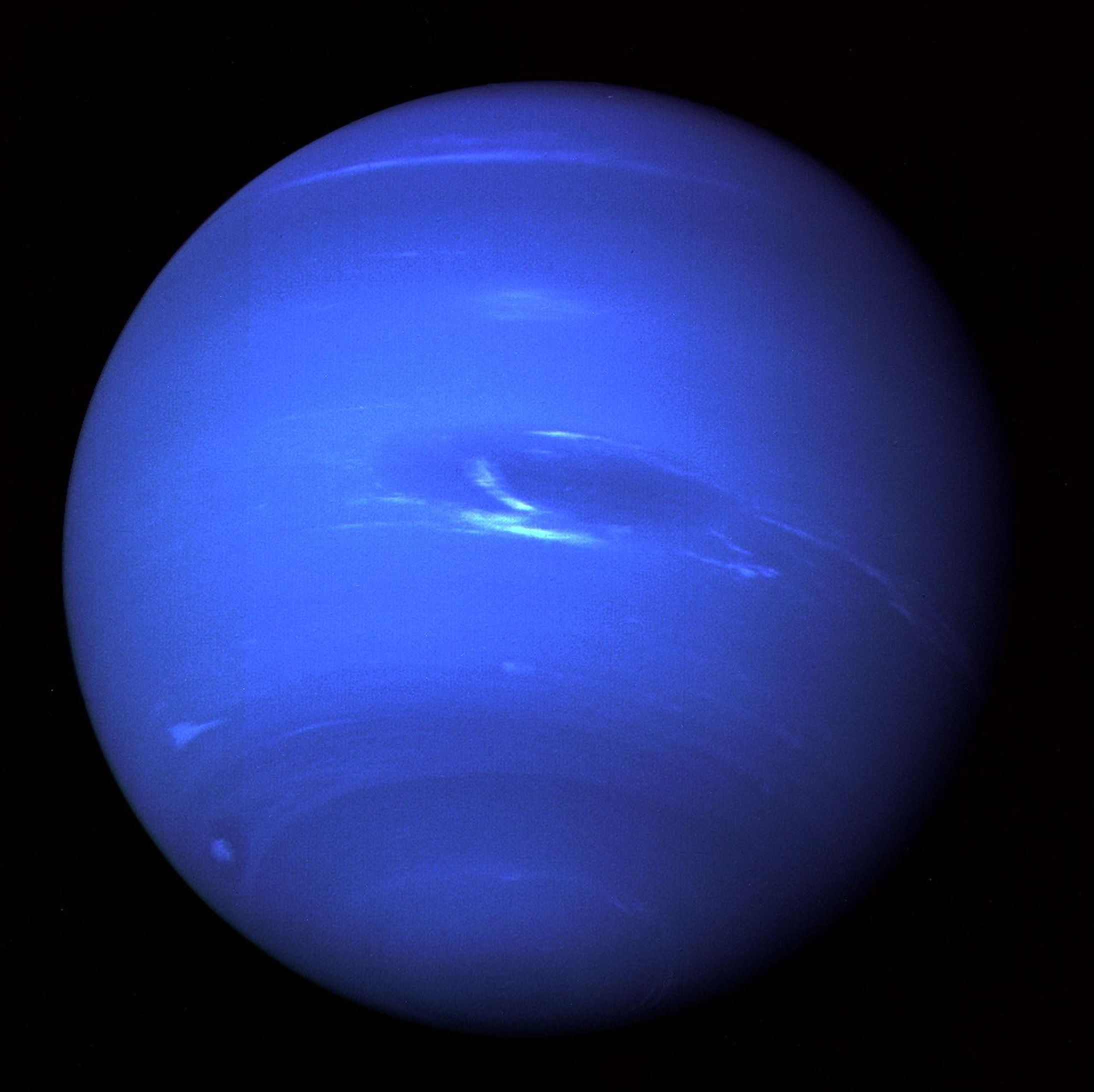Voyager Stories
All Voyager Stories
Browse an archive of stories about the Voyager mission.
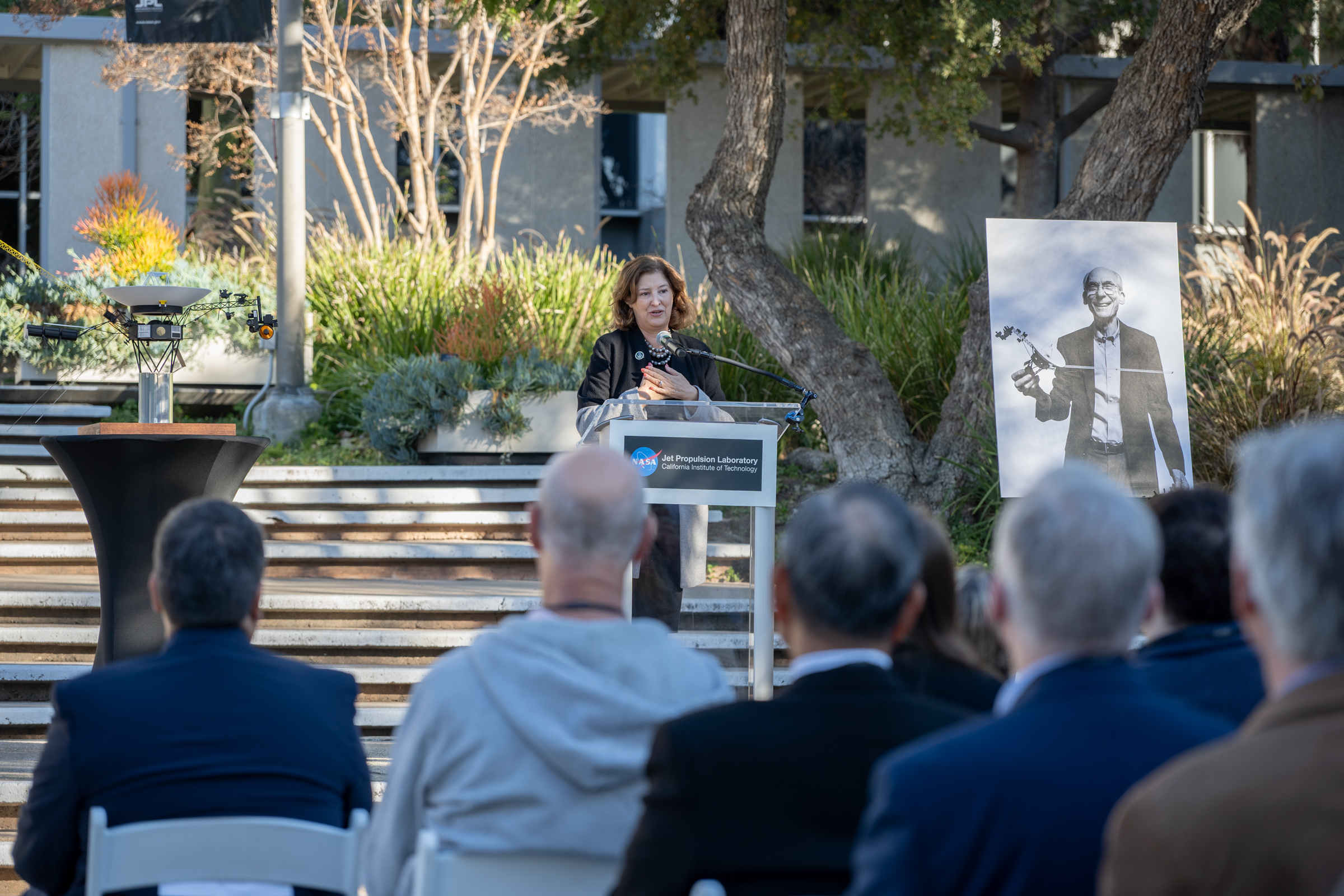
A series of plaques stretching through the heart of the agency’s Jet Propulsion Laboratory offers highlights of the space explorer’s career and the Voyager mission he led. Family members, colleagues, and local dignitaries gathered on Friday, Dec. 6, at NASA’s…
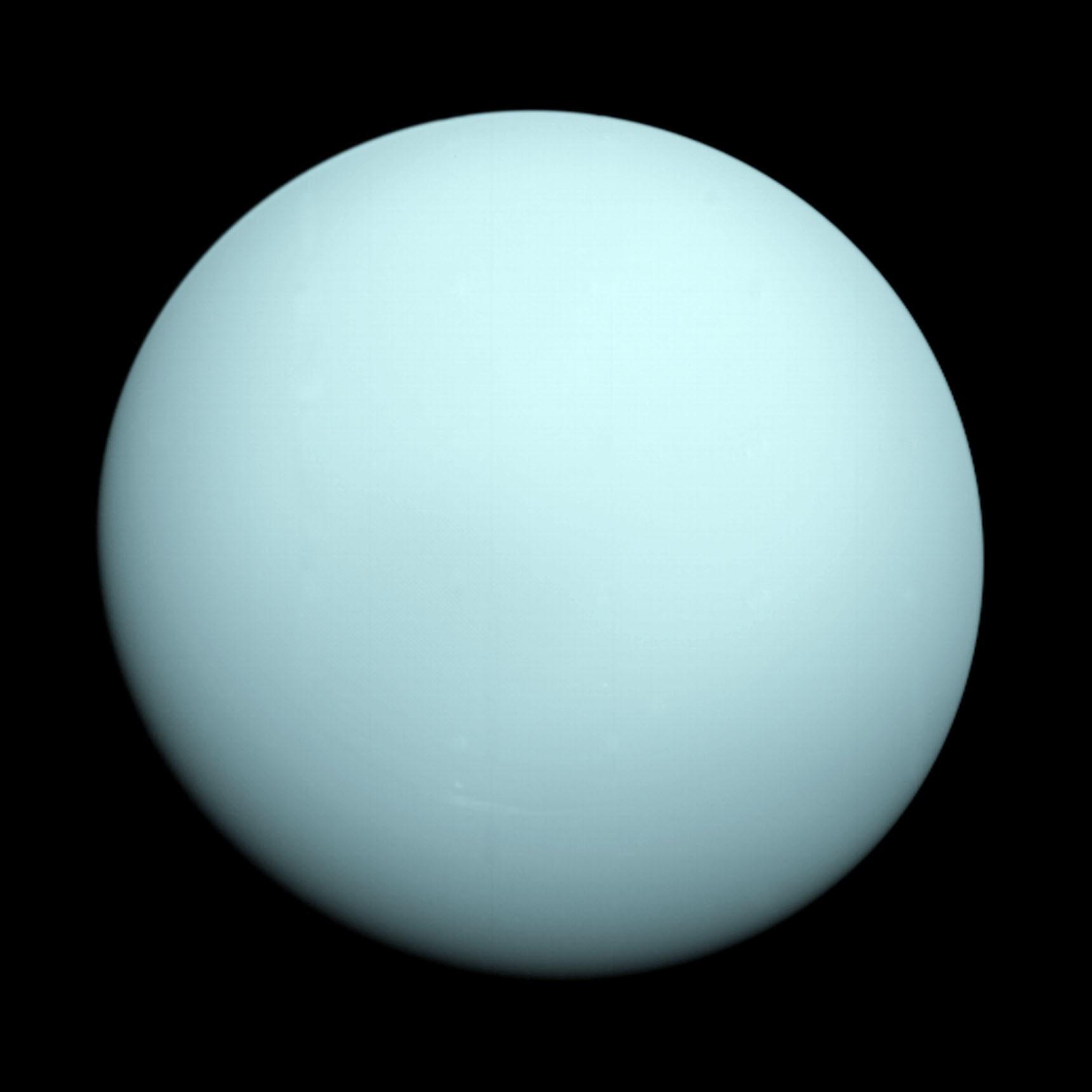
NASA’s Voyager 2 flyby of Uranus decades ago shaped scientists’ understanding of the planet but also introduced unexplained oddities. A recent data dive has offered answers. When NASA’s Voyager 2 spacecraft flew by Uranus in 1986, it provided scientists’ first…
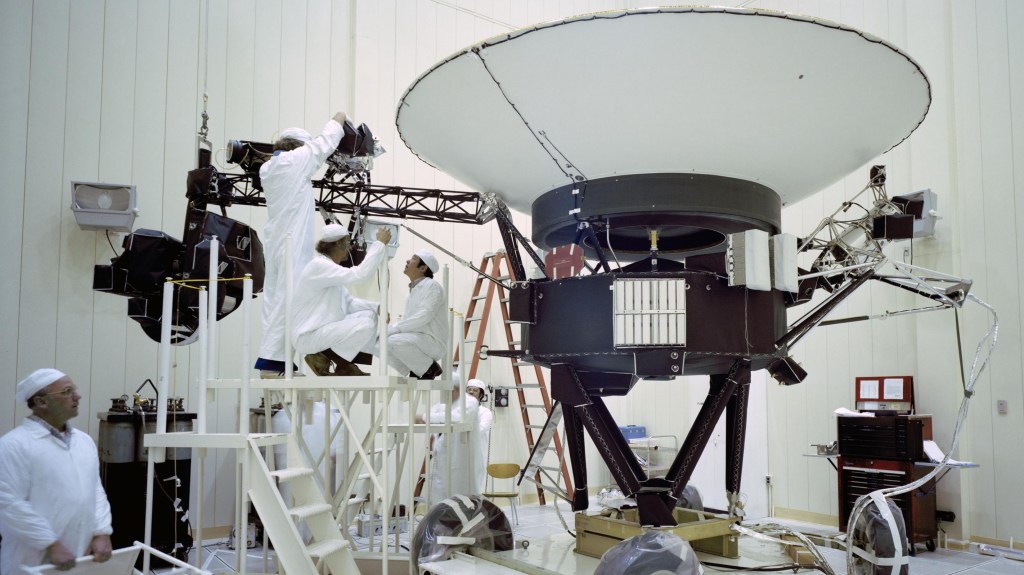
NASA’s Voyager mission launched in the 1970s. Today, it’s making history as it conducts new science. But how are two spacecraft from the ’70s not just surviving, but thriving farther out in space than any other spacecraft has been before?…
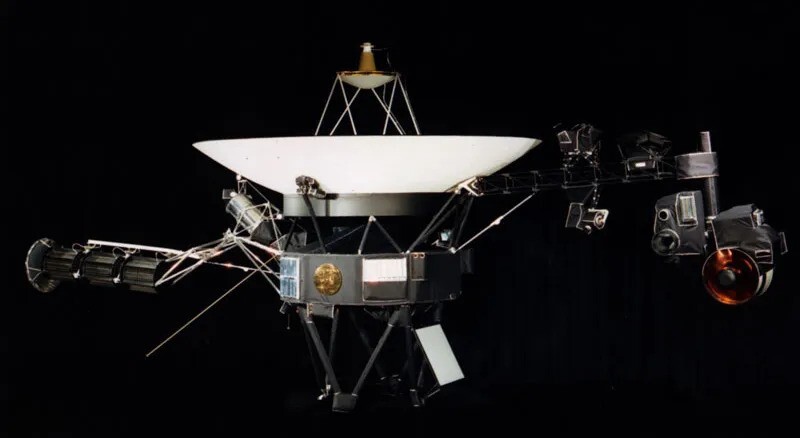
The spacecraft uses its thrusters to stay pointed at Earth, but after 47 years in space some of the fuel tubes have become clogged. Engineers working on NASA’s Voyager 1 probe have successfully mitigated an issue with the spacecraft’s thrusters,…
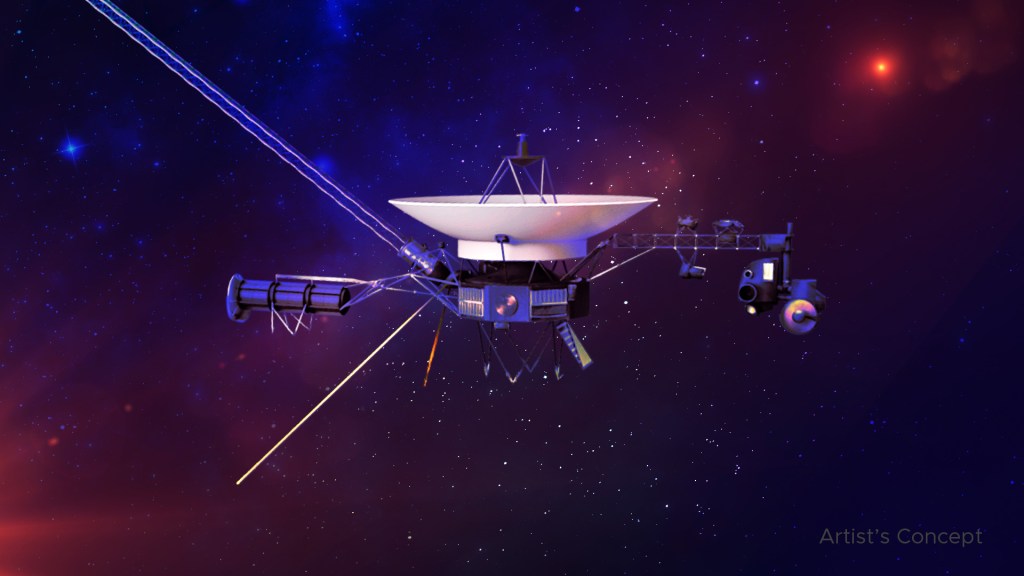
The spacecraft has resumed gathering information about interstellar space. NASA’s Voyager 1 spacecraft is conducting normal science operations for the first time following a technical issue that arose in November 2023. The team partially resolved the issue in April when…
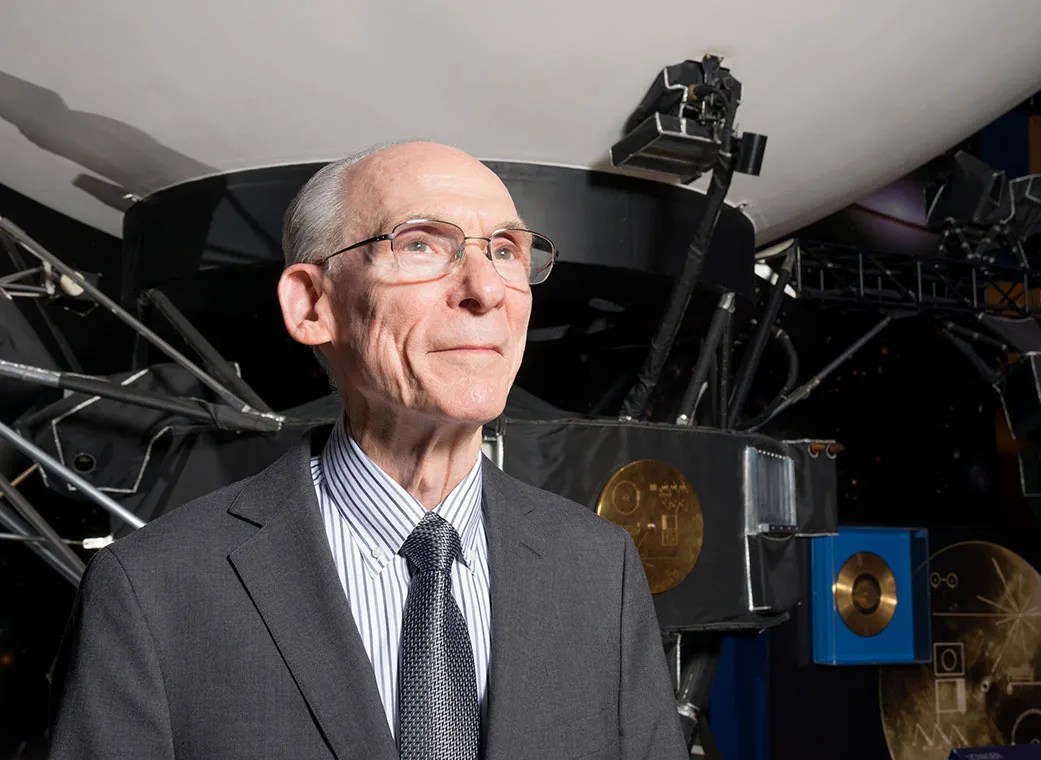
Known for his steady leadership, consensus building, and enthusiasm for engaging the public in science, Stone left a deep impact on the space community. Edward C. Stone, former director of NASA’s Jet Propulsion Laboratory in Southern California, and longtime project…
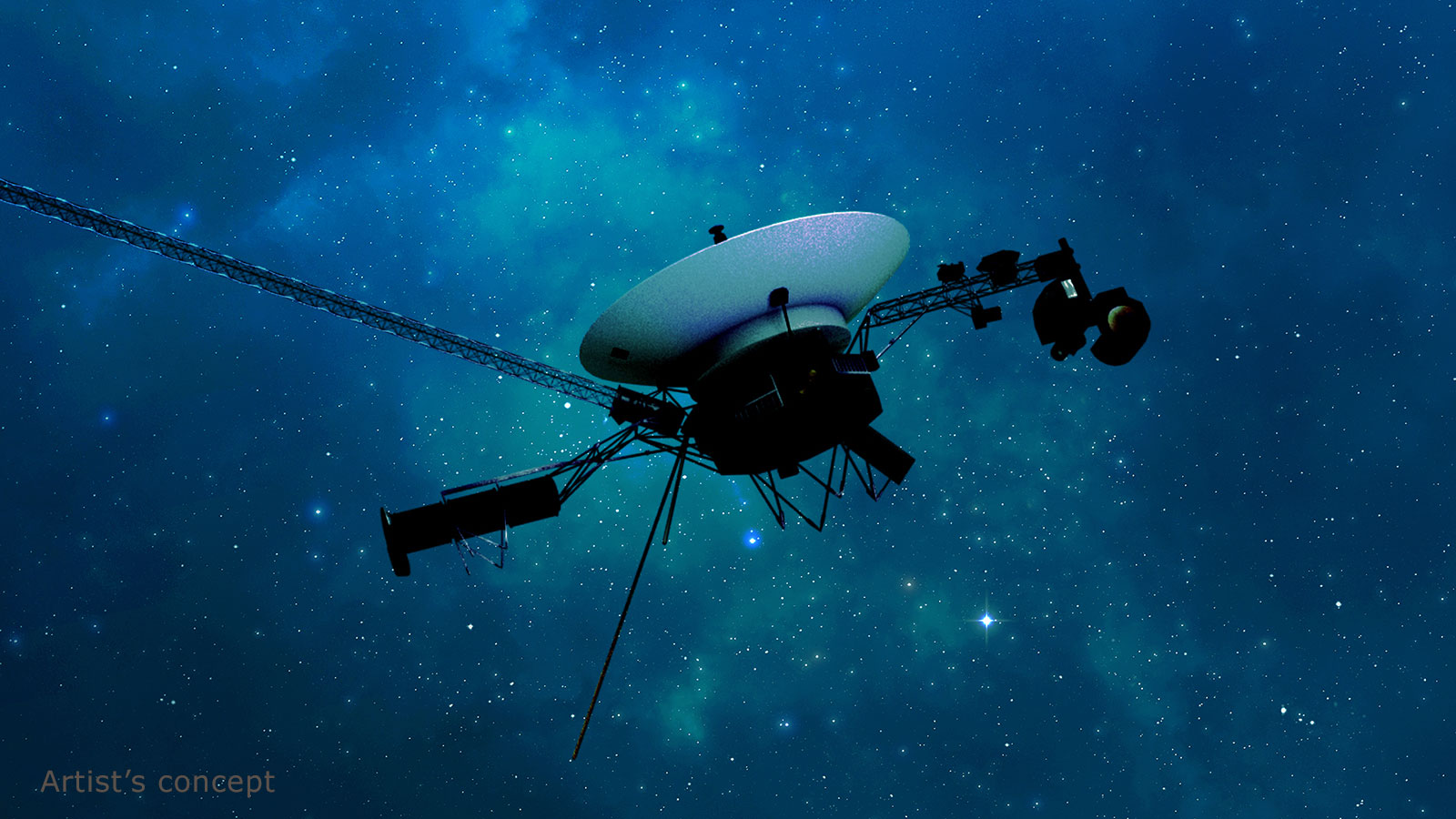
The efforts should help extend the lifetimes of the agency’s interstellar explorers. Engineers for NASA’s Voyager mission are taking steps to help make sure both spacecraft, launched in 1977, continue to explore interstellar space for years to come. One effort…

